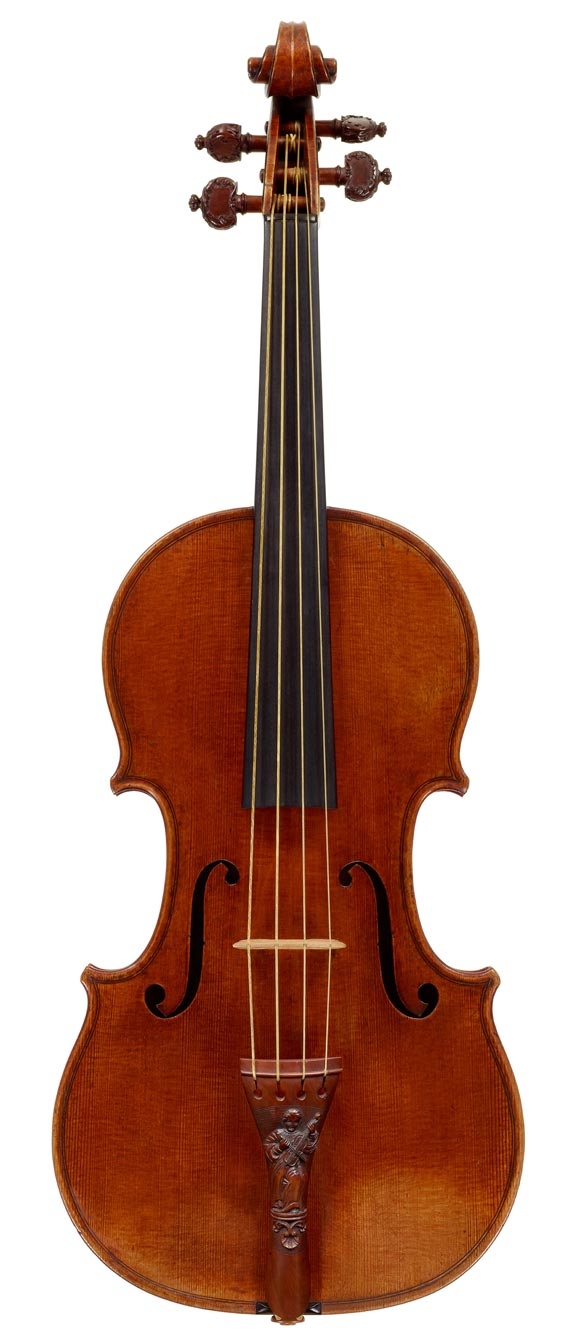The first time Satu Vanska held the Australian Chamber Orchestra’s $1.8 million Stradivarius and played the opening notes of Jean Sibelius’s violin concerto, she knew she wanted it.
“The thought that it could be yours, it makes you a little nervous -- and very happy,” Vanska, 32, assistant leader of the Sydney-based orchestra, said in a telephone interview.
The violin, a composite of two made by Antonio Stradivari in 1728 and 1729, is the first asset of a new fund set up by the orchestra that gives investors the chance to speculate on the value of rare musical instruments. Auction house Tarisio sold a 1721 Stradivarius called the Lady Blunt on Monday for a record 9.8 million pounds ($15.9 million), 116 times the 84,000 pounds it fetched at Sotheby’s in 1971.
“Violins appear to be quite a good investment,” said Kathryn Graddy, a professor of economics at Brandeis University in Waltham, Massachusetts. “The returns are comparable to art, lower than stock returns but slightly higher on average than bonds. They are in a sense a safe haven because the returns are steady and not as volatile as art.”
Violins made by Stradivari and his contemporary Giuseppe ‘del Gesu’ Guarneri averaged gains of 6.9 percent a year between 1980 and 2006, compared with an average advance of more than 9 percent in the S&P 500 Index (SPX) and about 6.6 percent from U.S. treasuries, Graddy wrote in a study published in 2008.
Russell Crowe’s Teacher
The new fund is the brainchild of Richard Tognetti, the orchestra’s artistic director, who taught actor Russell Crowe to play the violin for the film “Master and Commander.” He wanted to find a way to make some of the world’s best instruments available to the orchestra, which gets most of its funding from ticket sales and sponsorship.
The minimum investment is A$50,000 ($53,000) and the fund will terminate in 2021, when the instruments will be sold and the money disbursed unless investors vote to extend it, the orchestra’s website says.
“None of the musicians can afford to buy any of these fine instruments,” Tognetti, 45, said in a telephone interview. “Even way below a Stradivarius, you’re in an amount of money that is beyond what we earn.”
Tognetti plays a 1743 ‘del Gesu’ called the Carrodus, valued at $10.5 million, that was bought by an anonymous benefactor for $6.6 million in 2006, according to the website.
The orchestra’s new Stradivarius has “quite a powerful sound that carries all the way to the end of the concert hall,” Vanska said. “At the same time, it’s very sweet and brilliant, and that’s a very nice combination.”



